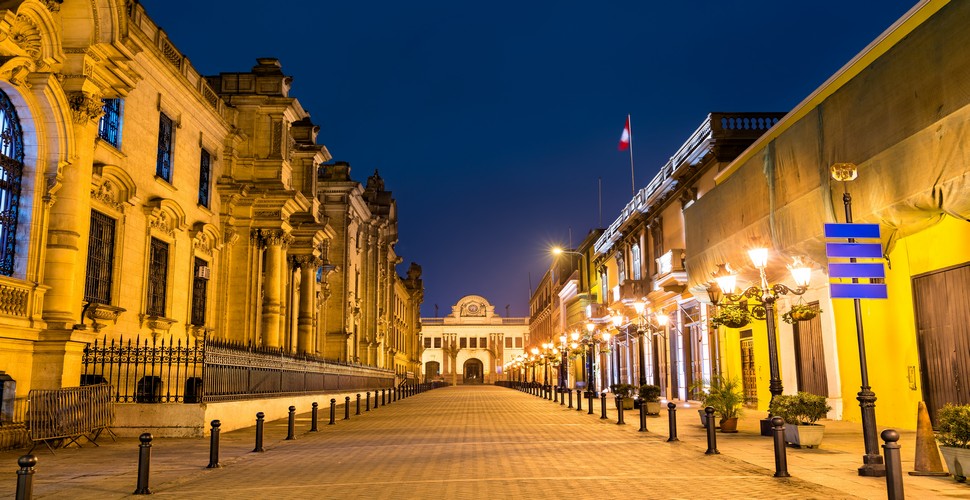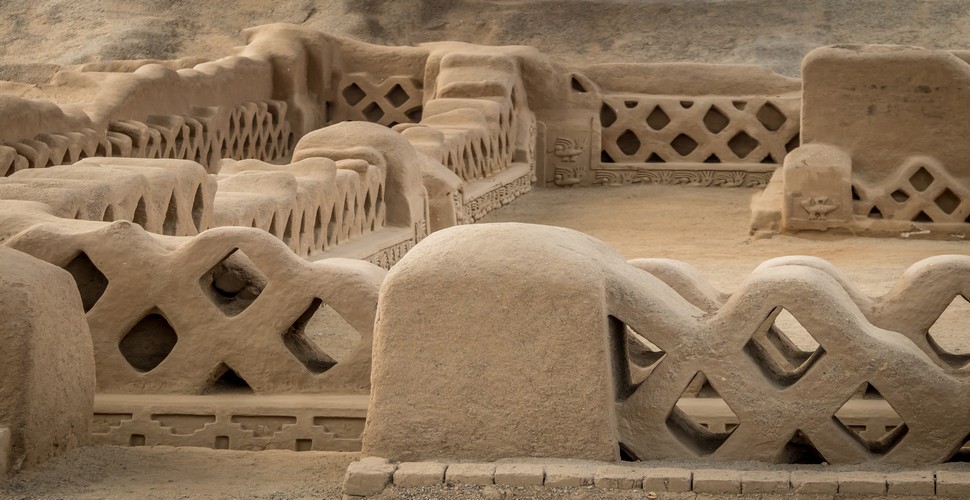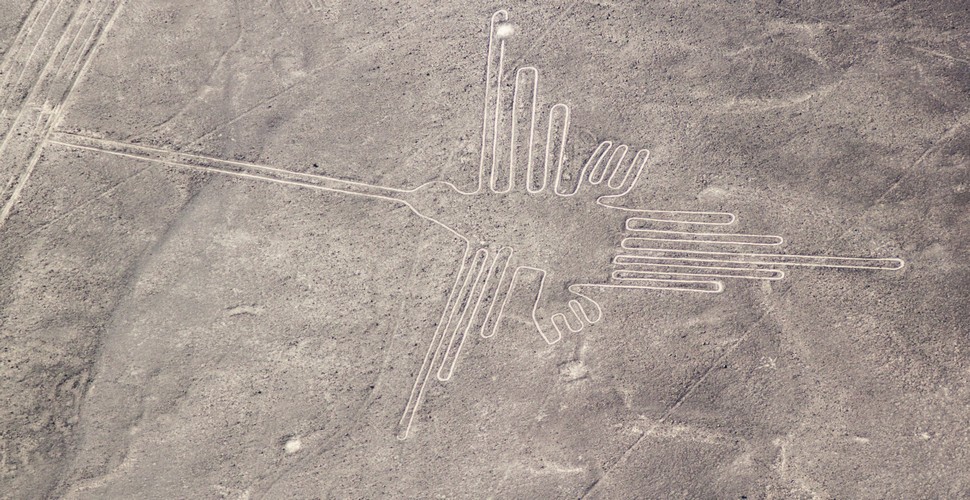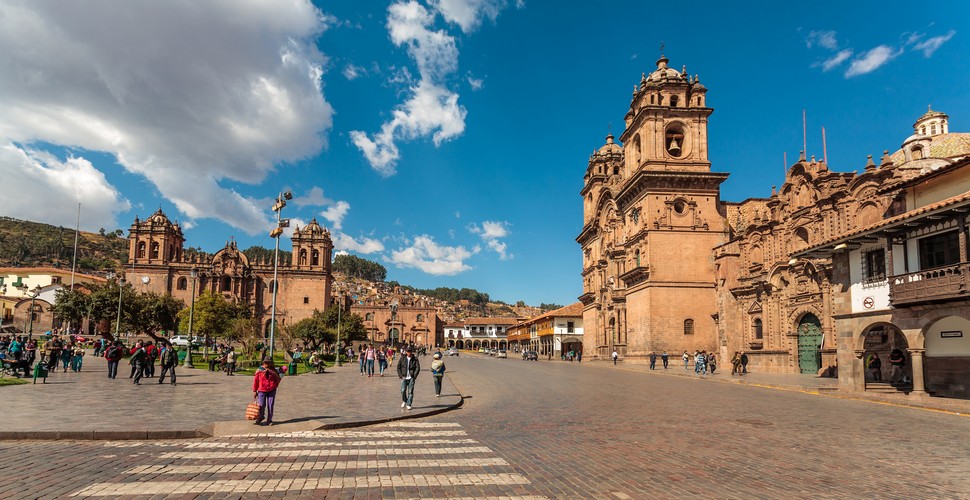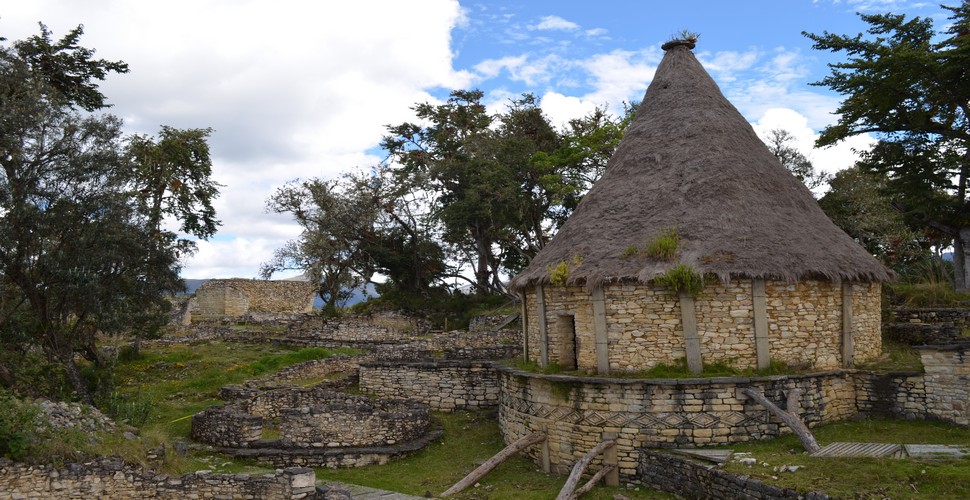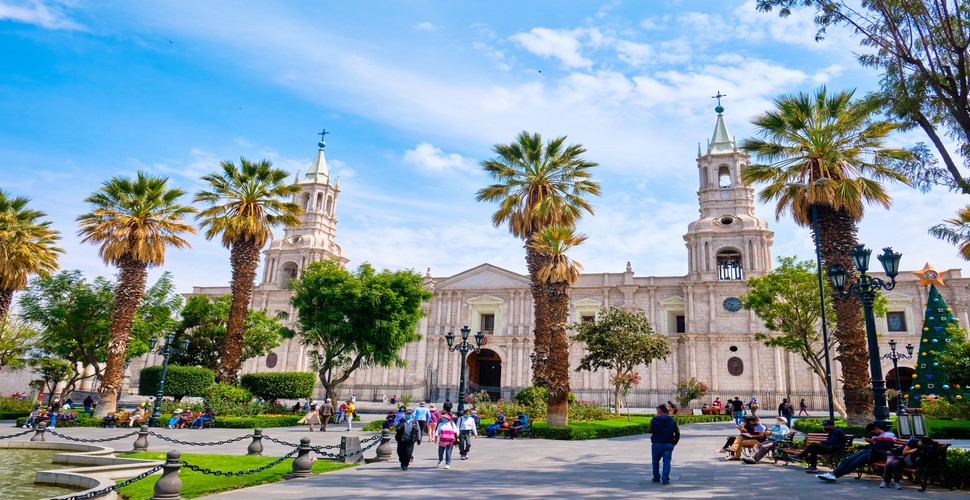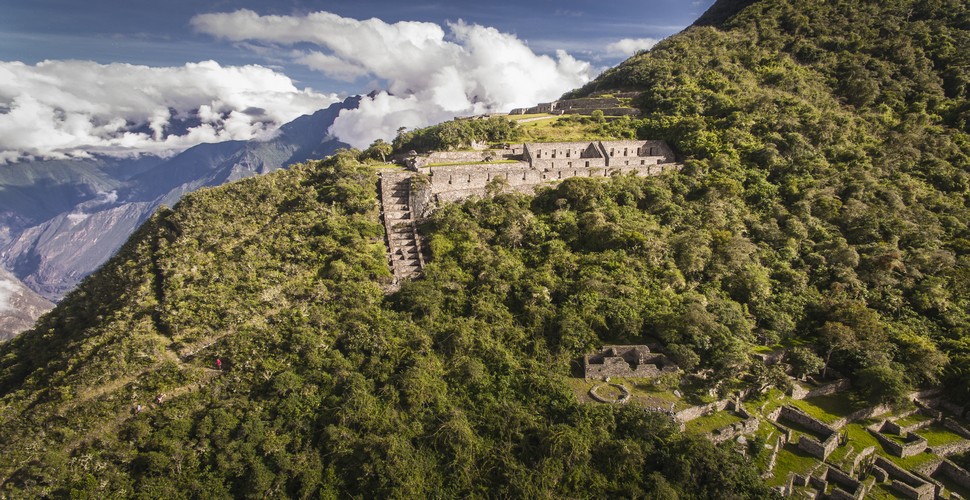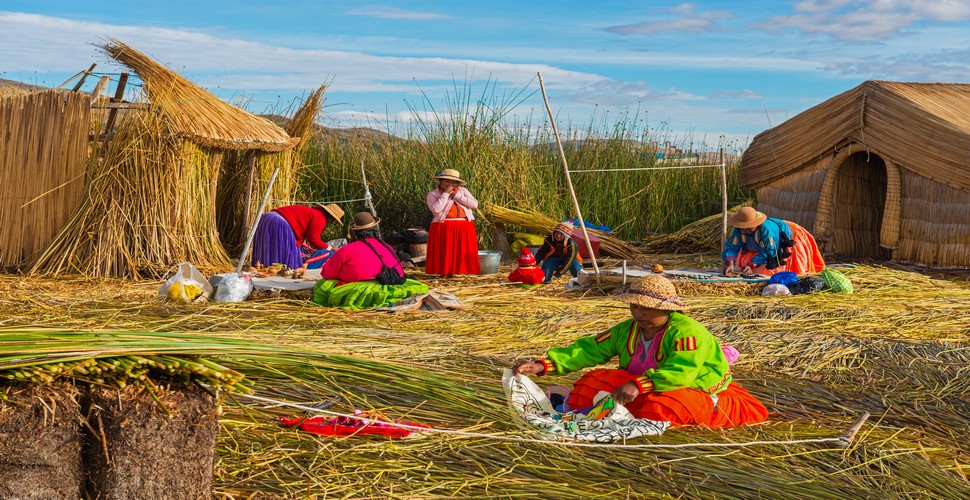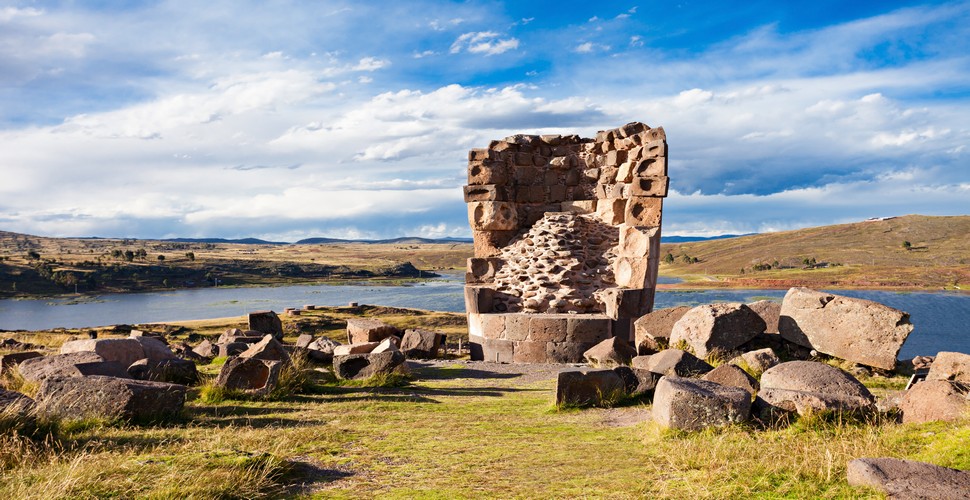

Claire Dean
Travel in South America is a joy to behold. The rich variety of destinations, experiences, landscapes and geography fascinated me so much, that I chose to relocate here, over 20 years ago! The best thing I ever did! Allow me to share my knowledge and passion for Central and South America with you and help you plan your holiday of a lifetime!

Beyond Machu Picchu - Other Fascinating Heritage Sites to Visit in Peru
Written by:Claire Dean
Last Update: 2025-02-10
Peru is a treasure trove of rich cultural heritage and historical wonders that extend far beyond the iconic Machu Picchu. While Machu Picchu is undoubtedly one of the most famous archaeological sites in the world, there are numerous other captivating destinations in Peru that offer equally immersive experiences. From ancient ruins to vibrant colonial cities, let's explore some of the other heritage sites that deserve your attention on a trip to Peru.
Lima Government Palace
Chan Chan: The World's Largest Adobe City and Ancient Capital.
Located near the city of Trujillo, in the North of Peru, Chan Chan is the largest adobe city in the world and a UNESCO World Heritage site. This sprawling archaeological complex was once the capital of the ancient Chimú civilization and showcases impressive adobe structures, intricate carvings, and fascinating murals. Exploring this vast ancient city allows visitors to step back in time and witness the grandeur of a bygone era.
Chan Chan
The Nazca Lines: Mysterious Geoglyphs of Ancient Peru.
The Nazca Lines are mysterious geoglyphs etched into the arid desert floor, dating back to the Nazca civilization between 500 BCE and 500 CE. These enormous figures and geometric shapes, visible only from the air, have puzzled researchers for decades. Taking a scenic flight over the Nazca Lines offers a unique perspective on these enigmatic designs, leaving visitors in awe of the ancient people who created them.
Nazca Lines
Cusco: A UNESCO Heritage City.
While often overshadowed by its famous neighbor Machu Picchu, the city of Cusco itself is a remarkable heritage site. Once the capital of the Inca Empire, Cusco blends Inca and Spanish colonial architecture seamlessly. The historical center, with its well-preserved buildings, cobblestone streets, and ancient Inca walls, is a UNESCO World Heritage site in its own right. Exploring Cusco offers a glimpse into Peru's rich cultural heritage and provides a gateway to other nearby attractions.
Plaza de Armas, Cusco
Kuélap:A Majestic Pre-Inca Fortress
Situated in northern Peru, Kuélap is a pre-Inca fortress that rivals the grandeur of Machu Picchu. This ancient walled city was constructed by the Chachapoyas civilization and perched high in the cloud forest. The site is adorned with intricate stone carvings and houses over 400 buildings. Accessible by cable car or hiking, Kuélap offers a unique opportunity to explore a lesser-known but equally captivating archaeological wonder.
Kuelap
Arequipa: The White City’s
Arequipa, also known as the "White City", is a colonial gem nestled in the Andes. Its historic center boasts magnificent colonial-era architecture, including the iconic Santa Catalina Monastery, a vibrant city within a city. The historic center of Arequipa is a UNESCO World Heritage site and features beautiful churches, charming plazas, and well-preserved buildings made of volcanic stone. Exploring this enchanting city allows visitors to immerse themselves in Peru's colonial past.
Plaza de Armas in Arequipa
Choquequirao: The Remote Inca Ruins and the Sister City of Machu Picchu
Choquequirao is an ancient Inca archaeological site located in the Vilcabamba mountain range. Often referred to as the "sister city" of Machu Picchu, Choquequirao is a significant cultural and historical site. Although it is not officially recognized as a UNESCO World Heritage site, it holds immense archaeological and historical value. Choquequirao showcases impressive terraces, plazas, and stone structures, providing insights into the Inca civilization. The site is situated on a remote mountaintop, and reaching it requires a multi-day trek. This adds to the sense of adventure and exclusivity for visitors who are willing to hike the trail.
Choquequirao
Lake Titicaca and the Floating Islands of Uros
Lake Titicaca, located on the border of Peru and Bolivia, is the highest navigable lake in the world and holds great cultural significance. The lake itself is considered a natural and cultural heritage site. Its pristine waters and surrounding landscapes offer a stunning backdrop for exploration. On Lake Titicaca, the Uros people inhabit a group of artificial islands made entirely of totora reeds. Known as the Floating Islands of Uros, these unique structures have been constructed and maintained by the Uros community for centuries. Visiting the islands provides a rare opportunity to witness traditional Uros culture, interact with the friendly locals, and gain insights into their traditional way of life.
Uros Islands
Sillustani: Towering Chullpas
Located near Lake Umayo, about 22 miles (35 kilometers) from Puno, Sillustani is yet another Peruvian archaeological site, known for its towering funerary towers or "chullpas." These cylindrical stone structures were built by the ancient Colla civilization and later by the Inca civilization. The chullpas served as burial sites for nobles and important individuals. The site offers a fascinating glimpse into the pre-Columbian cultures that inhabited the region. The architectural precision and intricate carvings on the chullpas showcase the advanced craftsmanship of these ancient civilizations. Additionally, the location of Sillustani provides breathtaking views of the surrounding landscape, including Lake Umayo.


